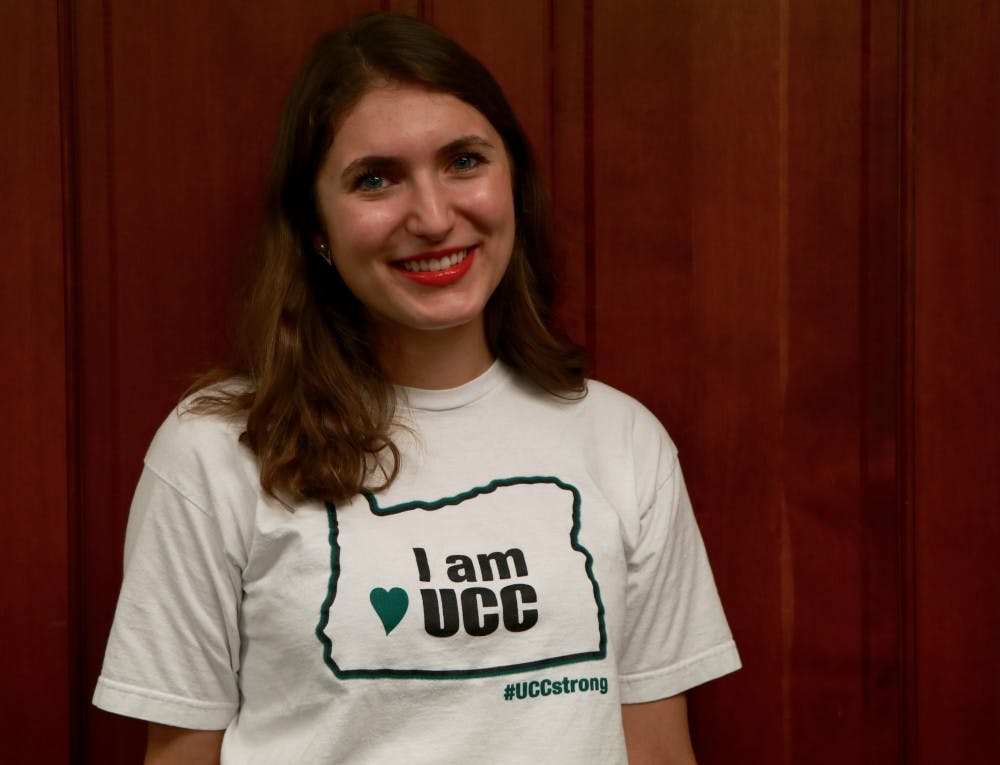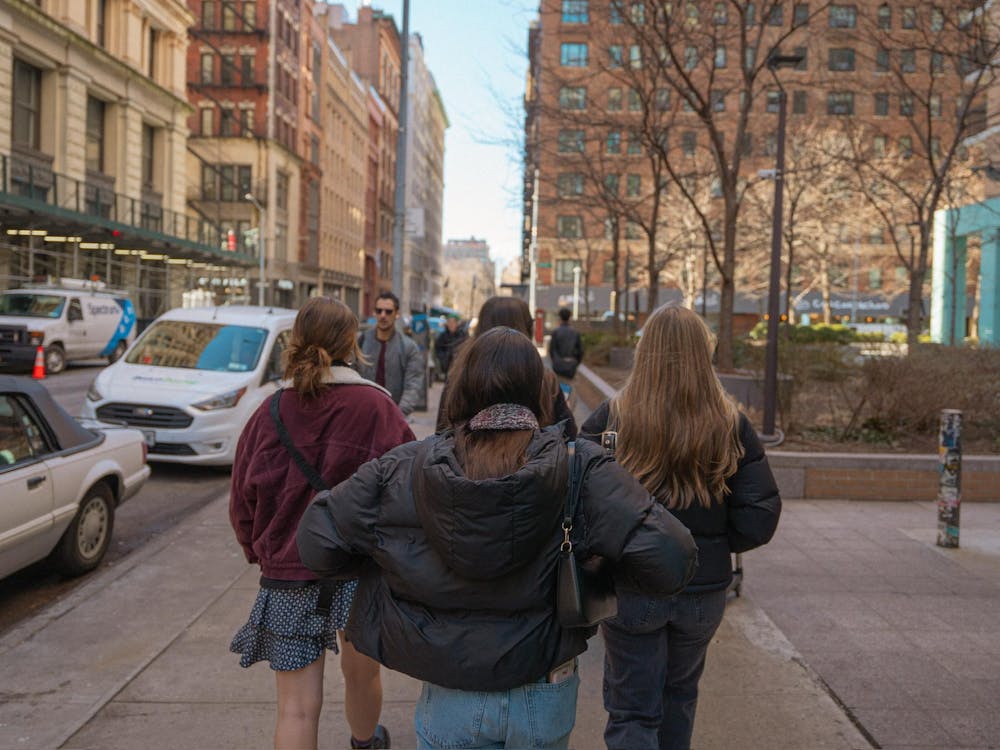Two years ago, my life changed forever. There was a mass shooting at Umpqua Community College (UCC) in my hometown of Roseburg, Oregon. Nine people lost their lives on October 1, 2015. One of them was my friend.
The pain her passing and the whole event have caused me and thousands of other people is indescribable. Time doesn’t heal wounds, but it does numb the pain and make it ache a little less on a day-to-day basis. Last week though, the numbness vanished when the investigation of the shooting was completed and made available to the public.
News organizations have a duty to let their readers know the investigation was finished and tell them that this is probably all we’ll ever know about the shooting. The shooter acted alone, he killed nine people and he was a deeply troubled man.
News organizations don’t have a duty to release gruesome details and traumatizing information.
They also have a responsibility to not sensationalize any story, especially one of such a sensitive nature. And you, as a consumer of media, have a duty to not support such practices by clicking on these pieces, “liking” or double-tapping them.
I raise the topic of journalistic ethics and consumer responsibilities because I have been disappointed by some of the coverage I’ve seen of the report’s release.
Roseburg’s local paper, The News-Review, published one article outlining the investigation’s main conclusion. It did not delve into detail of the shooter’s manifesto, and it didn’t provide descriptions of what happened in Snyder Hall that day. I shared that article on Facebook because I thought people should know the investigation was completed.
I don’t think I or anybody who has been affected by the event will ever be healed completely. However, I believe we can have moments that bring us small measures of closure even though the event and its pain will always scar us. Knowing the investigation is over could offer a degree of closure to those affected. I know it did for me.
However, in addition to The News-Review’s article saying it was over, the newspaper also published other more detailed articles that I didn’t need at that moment. For example, some contained graphic details from that room. People in Roseburg have a right to know that information is out there, and if they want more of it, the News-Review should help them find it (like perhaps linking to a PDF of the report). It shouldn’t be forced upon them (even with a warning that the article is graphic).
The Oregonian also covered the completion of the investigation and posted several articles on Facebook. It posted a disturbing video not once, but twice. It’s a three-minute video of the shooter trading in a firearm for another at a Roseburg business. It’s highly unnerving to think that he may have used that gun to kill the UCC Nine, and it’s even more unnerving to see him aim the gun at an imaginary target and pretend to shoot.
I can only imagine that’s what he looked like when he killed my friend two days later.
It’s true, there are a variety of things I could do to not see this coverage. I could not read The News-Review or The Oregonian and could stay off of Facebook for a while. But asking, “Why doesn’t she just not read those articles or watch that video?” is asking the wrong question. The question to ask is, “How are these news publications doing more good than harm releasing this information and encouraging the public to read it?”
Part of me wants to know more about that day, so eventually, I might look at the investigation. But on my own terms —and with a lot of mental preparation. Because even I at times would like to know more details about that day, I can understand why news organizations would write articles with them or include other parts of the investigation.
However, journalism also has a duty to minimize harm. It’s in the Society of Professional Journalists’ Code of Ethics to “avoid pandering to lurid curiosity, even if others do.” What good does it do to publish that video of the shooter or to include gory details in an article? What does it reveal in the story that we didn’t know before? Does it provide more insight into the tragedy?
Moreover, focusing specifically on The Oregonian’s Facebook post of the video —why would it be posted (twice) on social media? Posting it on Facebook indicates it wants readers to watch that video. But why? How is it doing more good than harm sharing that video of him? News publications post content on social media because they want people to consume it. Posting that video of the shooter strikes me as using people’s tragedy to boost social media analytics.
Sensationalizing the story or using it to get clicks and “likes” causes the UCC event to lose some of its seriousness. It also makes it seem like that day is about the shooter. It’s not. October 1 is about the UCC Nine.
Don’t support sensationalizing news and turning tragedy into better analytics, no matter what the topic is.








